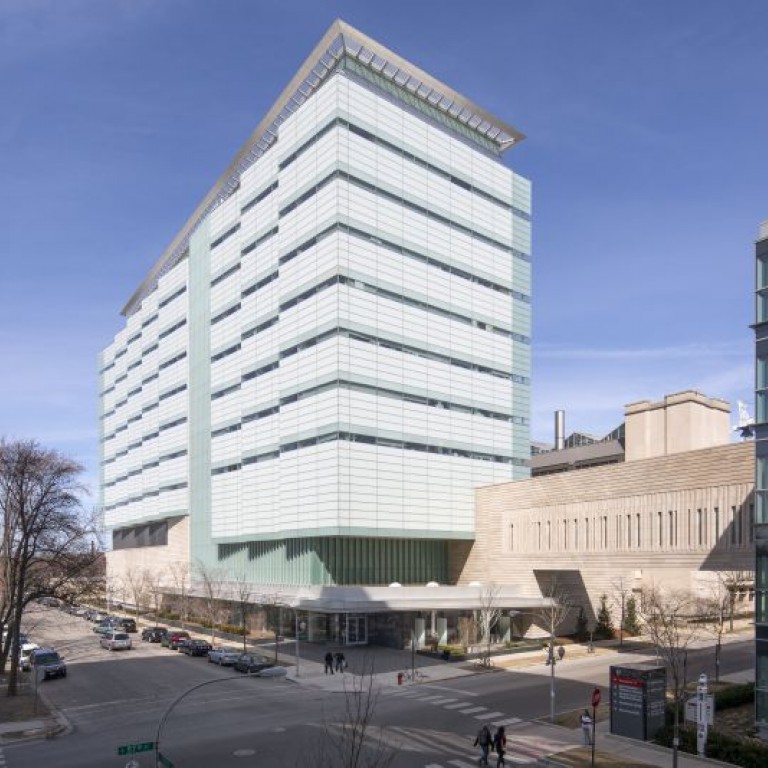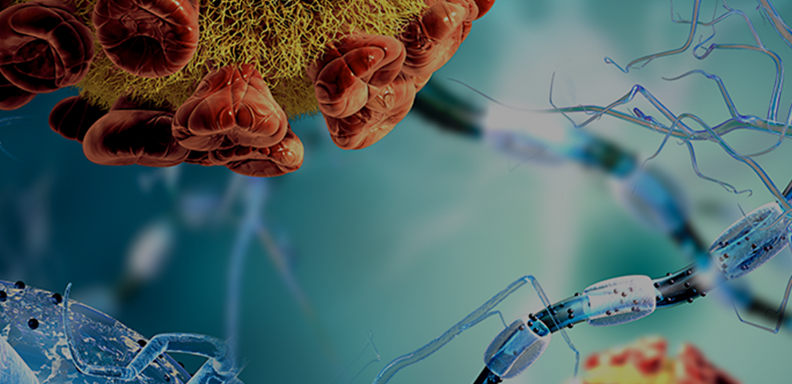The National Science Foundation (NSF) has awarded $1 million to a team led by researchers from the University of Chicago and Argonne National Laboratory as part of its Predictive Intelligence for Pandemic Prevention (PIPP) initiative. The initiative focuses on fundamental research and capabilities needed to tackle challenges posed by infectious disease pandemics through prediction tools and prevention measures.
The team consists of researchers from six institutions: UChicago, Argonne, Northwestern University, Virginia Tech, RAND Corporation, and Inria, the French National Institute for Research in Digital Science and Technology. The initial grant will support efforts to plan and design a future PIPP center that will develop robust predictive models; high performance computing tools; environmental sensors; and multi-scenario, multi-objective decision analytics to help public health officials monitor, forecast, and respond to future pandemics.
When the COVID-19 pandemic hit, epidemiologists and infectious disease experts sprang into action to help local and state governments track the spread of the virus. Some of these scientists were able to repurpose tools developed for the flu, but many were starting from scratch in terms of the scale and institutional coordination needed to respond to a truly global pandemic.
Jonathan Ozik, the principal investigator on the new NSF project, a Principal Computational Scientist at Argonne, and Senior Scientist affiliated with the Department of Public Health Sciences in the Consortium for Advanced Science and Engineering (CASE) at UChicago, was one such researcher. He was part of an Illinois COVID-19 modeling task force supporting the state and the city of Chicago that produced epidemiologic forecasts and scenarios to help decision makers. Building these capabilities quickly is difficult, Ozik says, even for interdisciplinary teams of seasoned epidemiological modelers.
“I've never been as busy as I was in 2020, and I, nor anybody else attempting to do this, should ever be that busy again,” he said. “So, our goal is to make these processes routine. Instead of applying ad hoc methods trying to combine various models, running them on different computing resources, analyzing them with new tools every time, and hoping that the analyses are useful for decision makers, everything should be done in a more deliberate and automated fashion. And we want to build partnerships and a computational platform that makes that possible.”
Making heroic work routine
The team includes 24 researchers from the six institutions who will focus on three primary research aims. Robert Lempert, a principal researcher at RAND, will lead the project work co-developing decision support systems with end users of such tools, including officials from the Chicago Department of Public Health and the California Department of Public Health. Lempert and his partners will host a series of workshops to understand the needs of these stakeholders, articulate their challenges during the COVID-19 pandemic, envision the ideal set of modeling and forecasting tools they could employ during future outbreaks, and build prototypes of some of these tools.
Junhong Chen, Crown Family Professor of Molecular Engineering at UChicago and Lead Water Strategist at Argonne, will lead project work centered on assembling surveillance data from the environment that can be used for modeling. As a scientist, Chen develops water and air sensors with nanomaterials that can detect molecules and chemical compounds, and his team will begin designing a sensor platform for monitoring aerosols containing pathogens. Additional members of the team will develop prototype workflows for assimilating sensor and other data from various sources to be used for epidemiological modeling, produce predictive models for water quality, and refine processes for collecting data from sensitive indoor settings like prisons.
Juan de Pablo, the Liew Family Professor in Molecular Engineering and Executive Vice President for Science, Innovation, National Laboratories, and Global Initiatives at UChicago and Senior Scientist at Argonne, will lead an effort to improve predictions for potential future pathogens. His research entails conducting supercomputer simulations to understand the dynamics of how DNA molecules interact. The work in this area will seek to predict the evolution of pathogens through structural biology and AI analyses and to develop epidemiological scenarios of such emerging pathogens.
Finally, Diane Lauderdale, the Louis Block Professor and Chair of Public Health Sciences at UChicago, will spearhead efforts to design workforce training and education programs to build pandemic prediction and modeling expertise, as well as building a robust, organic culture of diversity and inclusion within these disciplines. Her research as an epidemiologist examines how behavioral and social factors influence health, and she directs graduate programs that prepare students to carry out research in clinical epidemiology, health services research, and public health.
The overall goal of these efforts, Ozik says, is to avoid the hectic scramble of the early days of COVID-19 by building proven, scalable tools that can apply to any future epidemic, and house a critical mass of expertise to deploy them quickly.
“One of the heroic things that people did at the beginning of the pandemic was to create a full stack of computational epidemiology at each institution that was called upon to help a local municipality or state public health department. We’d like to make that work routine,” he said. “These capabilities are hard to build, but our project represents a nexus of people who are involved in various aspects of the necessary components and have already been collaborating. We have identified the current gaps and what better pandemic prevention could look like, and now we want to build out this expertise so other people can take it and run with it.”



